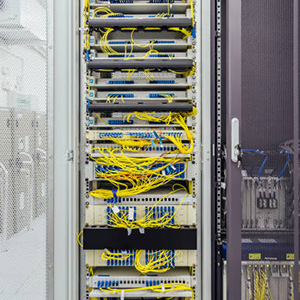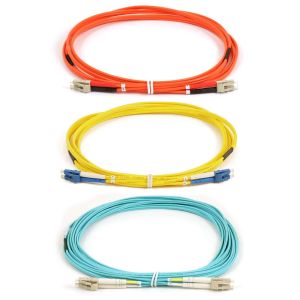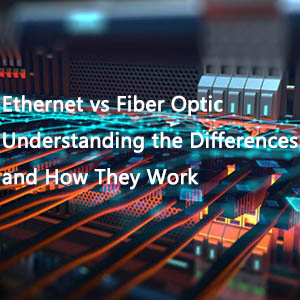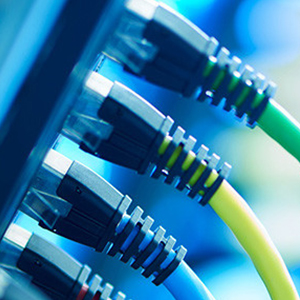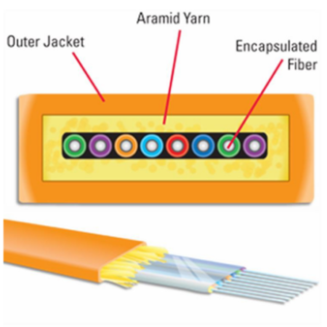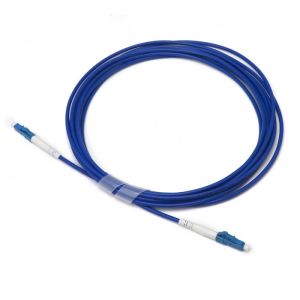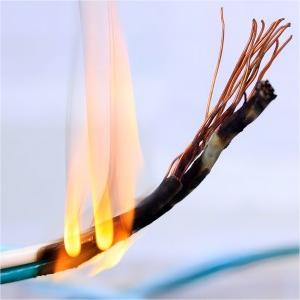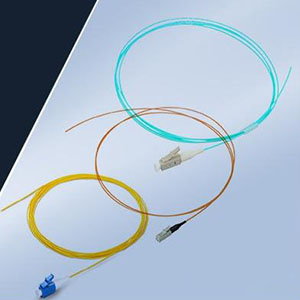In the realm of telecommunications, fiber optic cables have emerged as the vanguard of our increasingly connected digital world. Since the early 1990s, as the internet became a public staple, fiber optic cabling has been woven into the global fabric, laying the groundwork for modern communication infrastructure.
Fiber optics have revolutionized data transmission, offering unparalleled capacity and efficiency. They have become the backbone of our telecommunications grid, enabling universal broadband access and propelling nations like India and China to technological powerhouse status.
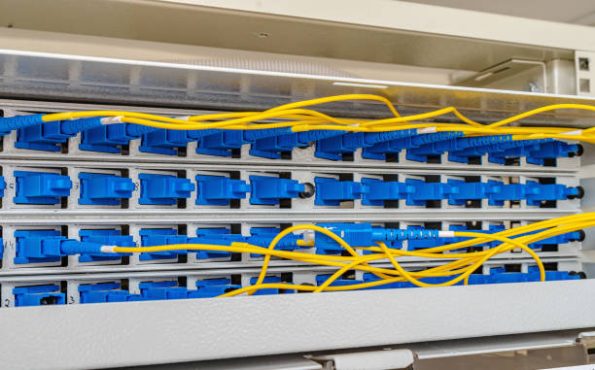
Advantages of Fiber Optic Cables
- Unsurpassed Bandwidth: Fiber optics lead in bandwidth, harnessing the speed of light to transmit data at rates that far exceed copper Fiber Optic Cables. The inherent speed difference is staggering, with fiber Fiber Optic Cables capable of distances and bandwidths that would require copper Fiber Optic Cables of impractical dimensions.
- Low Attenuation for Long-Distance Transmissions: Fiber optics exhibit minimal signal loss over long distances, making them ideal for high-bandwidth applications that demand reliability across vast networks.
- Immunity to EMI/RFI: Unlike copper, fiber optics are immune to electromagnetic interference, ensuring stable and uninterrupted data flow.
- Compact and Lightweight: The slender profile of Fiber Optic Cables simplifies installation and enhances space utilization in data centers, a critical advantage in today’s real estate-driven world.
- Enhanced Safety and Security: Fiber’s non-conductive nature provides inherent security benefits, as signals cannot be tapped, and the risk of electrical hazards is eliminated.
- Reduced Long-Term Costs: Fiber’s durability and resistance to environmental factors translate to lower maintenance and replacement costs, coupled with energy efficiency that slashes operational expenditures.
Challenges of Fiber Optic Cables
- High Initial Costs: The upfront investment in fiber optics can be prohibitive for some organizations, though the long-term benefits often outweigh these initial expenses.
- Fragility: The delicate nature of Fiber Optic Cables requires careful handling and installation, adding to the complexity and potential costs.
- Limited Bend Radius: The need to maintain a specific bend radius can complicate installations in confined spaces.
- Specialized Equipment and Expertise: The requirement for specialized tools and trained technicians can increase the cost and difficulty of fiber optic installations.
- Environmental Susceptibility: While resistant to EMI, Fiber Optic Cables can be affected by extreme temperatures and moisture, necessitating protective measures.
- Complex Splicing and Repair: The precision required for splicing Fiber Optic Cables can lead to longer downtimes and higher maintenance costs.
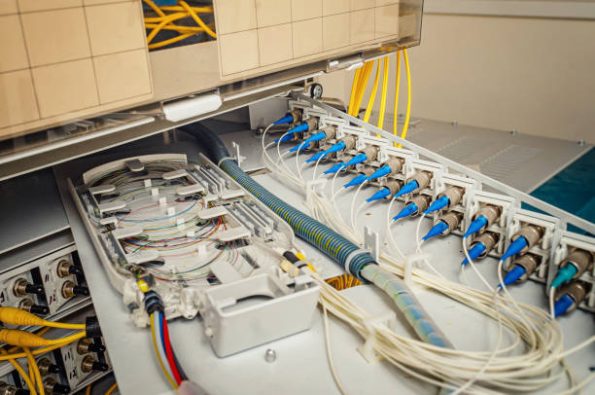
Conclusion
The future of telecommunications infrastructure is undeniably Fiber Optic Cables. As technology advances and costs decrease, the current challenges will diminish, solidifying fiber optics’ position as the premier choice for data transmission. With its unmatched speed, reliability, and security, fiber optics is set to redefine connectivity, paving the way for unprecedented technological advancements.

